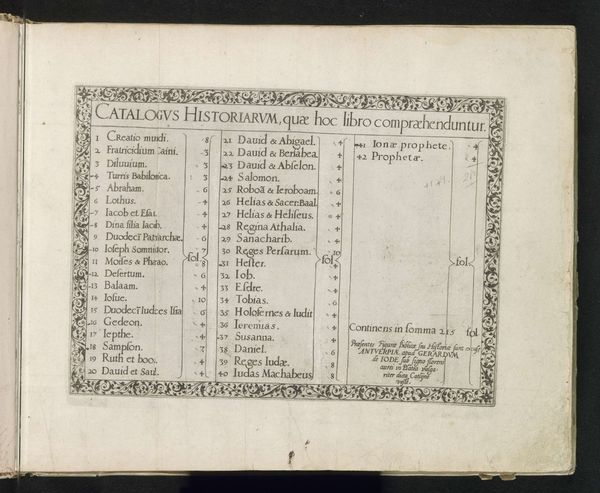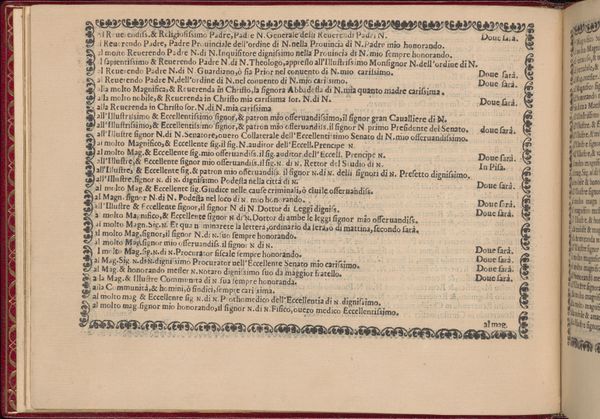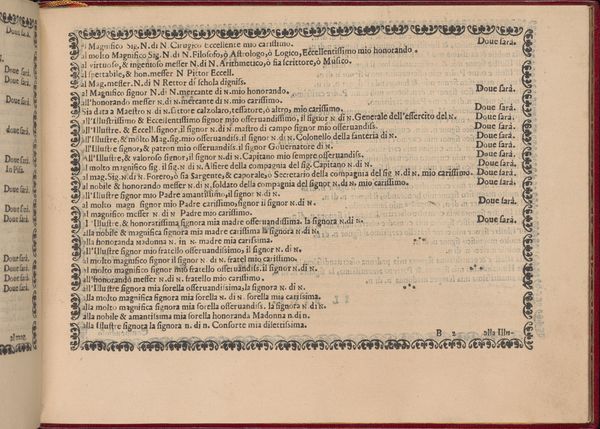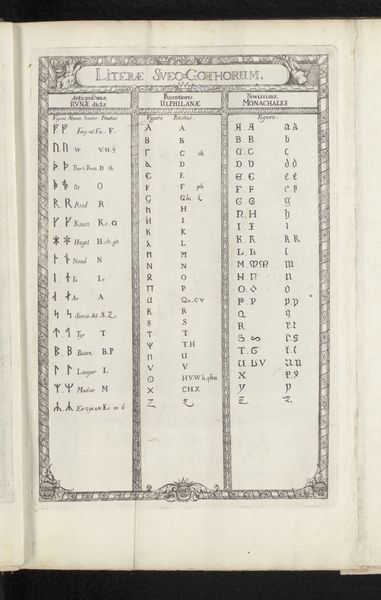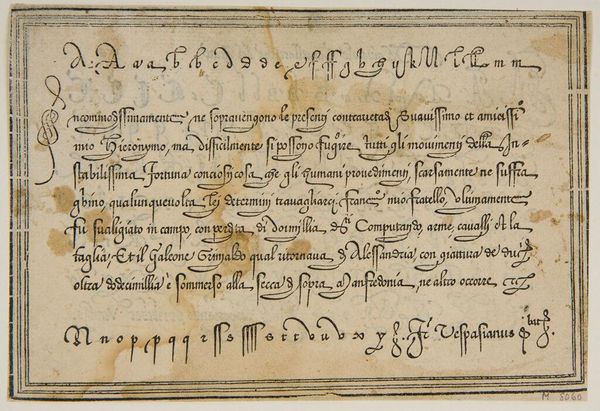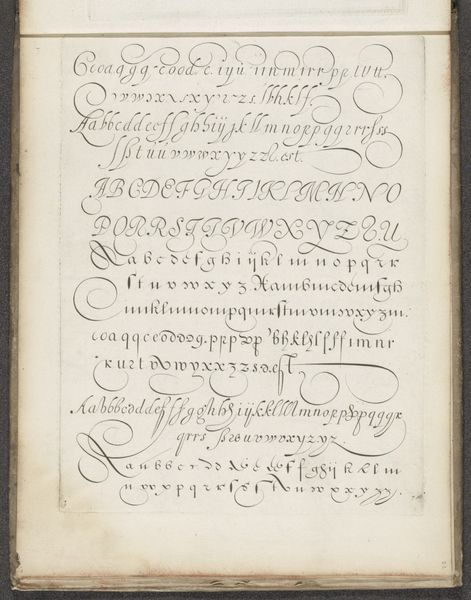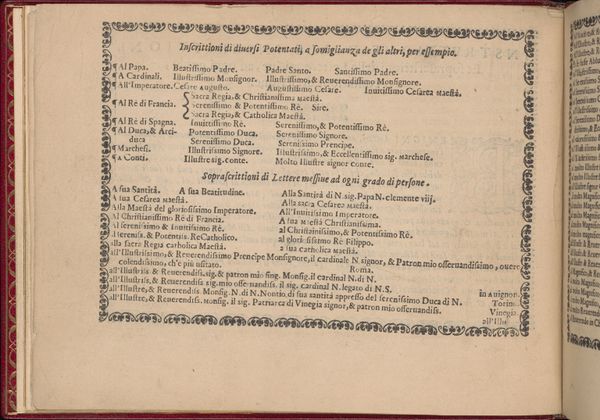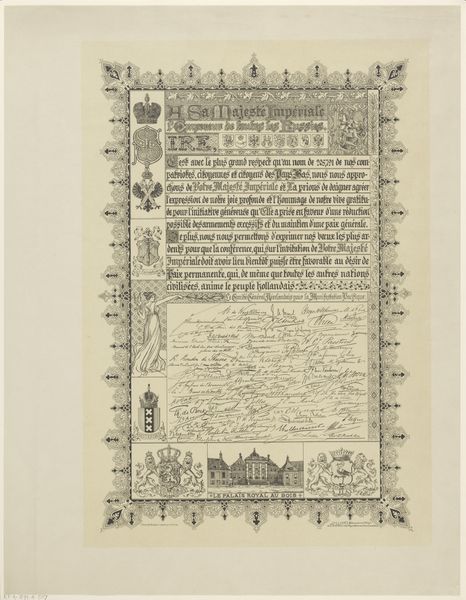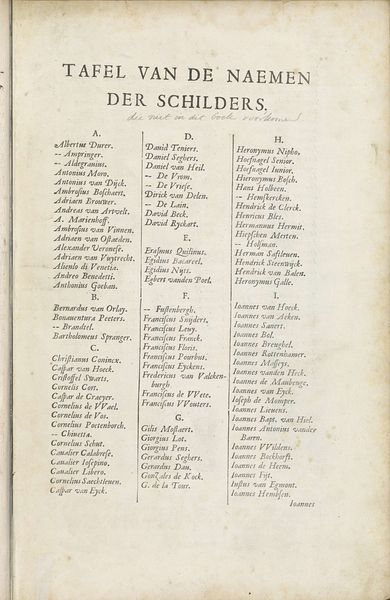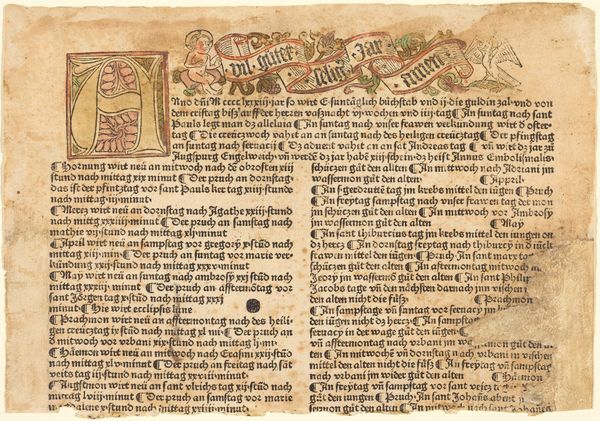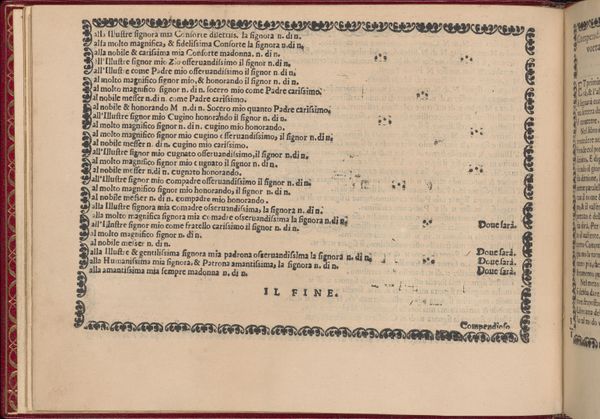
drawing, print, paper, ink
#
drawing
#
baroque
# print
#
paper
#
ink
#
academic-art
#
miniature
#
calligraphy
Dimensions: sheet: 5 5/8 x 4 1/16 in. (14.3 x 10.3 cm)
Copyright: Public Domain
Curator: We’re looking at "Calligraphic Trompe-l'Oeil Calendar," created in 1709 by Matthias Buchinger. This striking piece at the Metropolitan Museum of Art is a baroque drawing rendered in ink on paper and falls under the artistic styles of academic art and calligraphy, giving off the quality of a miniature. Editor: Immediately, it’s giving me secret society vibes—a beautiful, meticulously crafted document hiding a whole world within its delicate lines. The faux three-dimensionality is bewitching; it wants to be held and unfurled, even though it's flat. Curator: Indeed, the use of "trompe-l'oeil," meaning "deceives the eye" in French, creates that illusion of a curled, tangible document. Buchinger was an incredibly interesting figure, born without hands or feet, yet he mastered skills like calligraphy, drawing, and even playing musical instruments, defying societal expectations and norms. The work then becomes not just art but also an act of resistance. Editor: And the script itself—a dance of delicate strokes—feels so personal, almost diaristic. To think that someone without hands could create something so intricate…it completely reframes our understanding of ability and potential. Curator: The calendar format is, of course, rooted in very specific social needs - organizing the days, celebrating religious events, marking time in an era deeply intertwined with both sacred and secular traditions. Also, note the use of imagery intertwined within the words, creating almost an alphabet soup that melds images, script, and symbolism. It highlights a visual, sensory understanding of the world. Editor: The red ink pops against the creaminess of the "paper", and somehow these symbolic elements amplify a dreamlike feeling; imagine living with a hand-made artifact like this… what were the daily thoughts that inspired or demanded a personal almanac so deliberately ornate? Curator: Its existence certainly speaks volumes, reminding us of the power of art not only to reflect societal norms but to challenge and transcend perceived limitations, providing invaluable insights into social histories. Editor: It leaves me pondering how perceptions can be deceiving and, simultaneously, so deeply revealing, depending on our viewpoint, even in the present day. How can we each 'see' our limitations, and which perspectives and narratives might empower us?
Comments
No comments
Be the first to comment and join the conversation on the ultimate creative platform.
